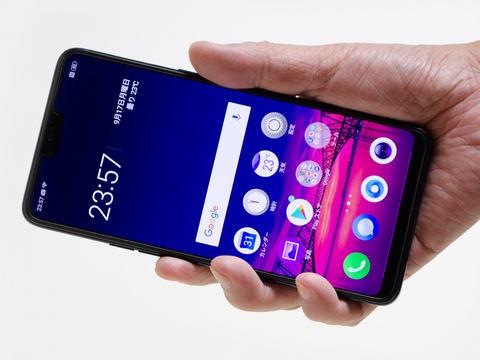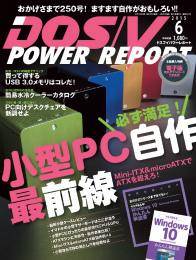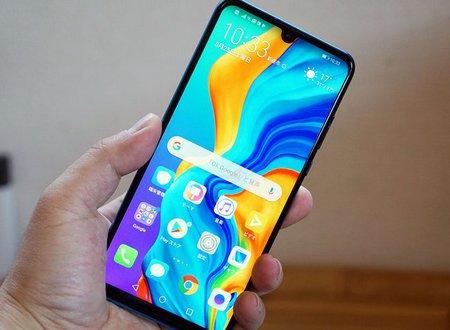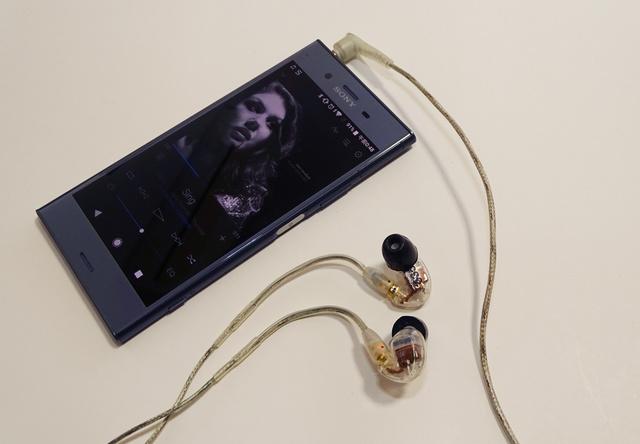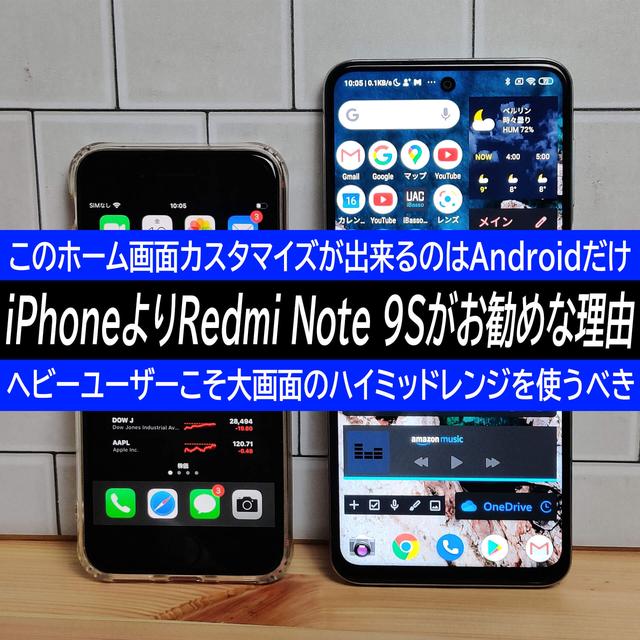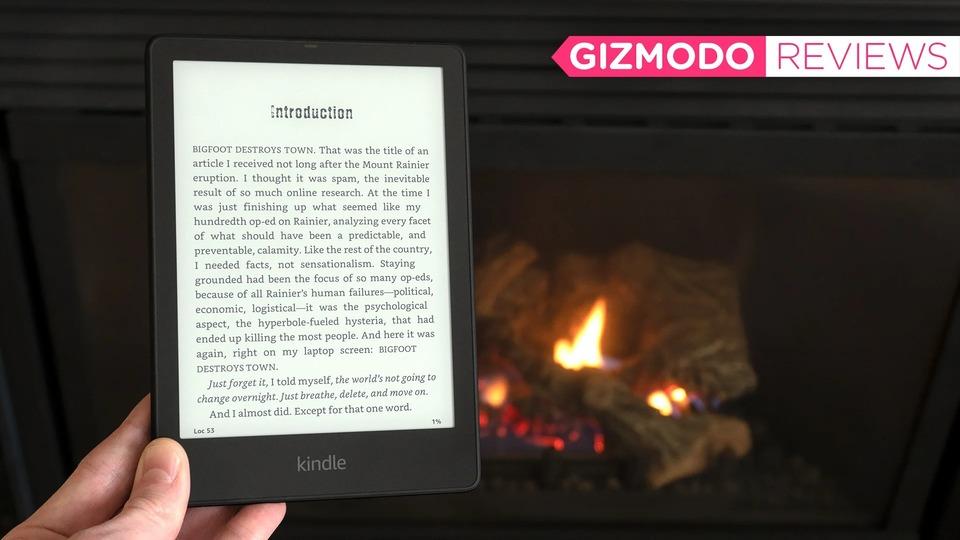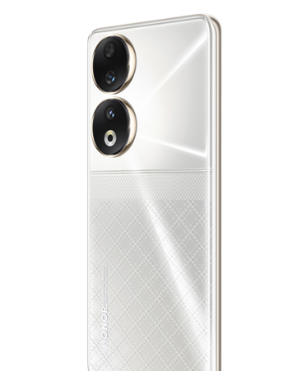The "R15 Pro" introduced this time is equivalent to the successor to the company's first domestic "R11s". Originally, it was announced in April of this year (2018) and the timing was a little early in China, but the reason why it was introduced domestically at this time was mainly because functions such as FeliCa support were added according to the circumstances in Japan. Currently, there are not many SIM lock-free Android devices that support FeliCa, and the company's enthusiasm can be felt.
In addition, the lower model "R15 Neo" is the same R15 series, so there seems to be some similarities, but the compatible bands are about the same and the hardware is different in a good way. The main specifications are as follows.
| OPPO "R15 Pro" specifications | |
|---|---|
| SoC | Snapdragon 660 (A73 2.2GHz x 4 cores +A53 1.8GHz x 4 cores, Aderno 512) |
| Memory | 6GB |
| Storage< /td> | 128GB |
| OS | ColorOS5.1 (based on Android 8.1) |
| Display | 6.28 type organic EL 2,280 x 1,080 dots (19:9) |
| Network | IEEE 802.11ac compatible, Bluetooth 5.0 |
| SIM | Nano SIM card slot x 2 (DSDV compatible, exclusive with microSD slot) |
| Supported Bands | GSM 850/900/1,800/1,900MHz WCDMA Bands 1/2/4/5/6/8/19FDD-LTE Bands 1/2/3/4/5/7/ 8/18/19/20/26/28TD-LTE Bands 38/39/40/41 |
| Interface | Micro USB, stereo minijack, microSD slot |
| Camera | Front 20 million pixels (F2.0) Rear 16 million pixels + 20 million pixels dual lens (F1.75) |
| Size/Weight | Approx.75.2×156.5×8.0mm (W×D×H)/Approx.180g |
| Battery | 3,430mAh |
| Color Variations | Purple, Red |
| Others | IPX7 compliant waterproof function, Osaifu-Keitai compatible with FeliCa installed |
| Price without tax | 69,980 yen< /td> |
SoC is Snapdragon 660. A73 2.2GHz × 4 cores + A53 1.8GHz × 4 cores with Aderno 512 included in the GPU. As you can see from the SKU, the SoC itself is not high-end, but middle-high. The memory is 6GB and the storage is 128GB, both of which are large. OS is ColorOS 5.1 based on Android 8.1.
The display is a 6.28-inch organic EL with a resolution of 2,280 x 1,080 dots (19:9). Compared to the R15 Neo, the size has increased slightly from liquid crystal to organic EL, and the resolution has changed from HD to full HD.
The network is IEEE 802.11ac compatible, Bluetooth 5.0, Nano SIM x 2. However, unlike R15 Neo, SIM2 is exclusive with microSD. The corresponding bands are as shown in the table, the same as R15 Neo. With VoLTE compatible DSDV, VoLTE of 3 domestic carriers can be used.
The interface is Micro USB, stereo mini jack, microSD slot. Micro USB is a bit out of trend right now. It supports a quick charge function that can charge 60% in 30 minutes (in other words, 5 minutes of charging allows 2 hours of talk time).
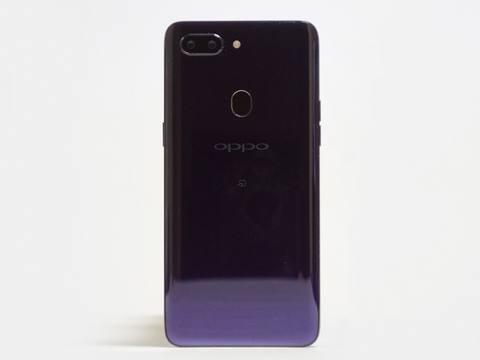
The camera has 20 million pixels on the front (F2.0), 16 million pixels on the back + 20 million pixels dual lens (F1.75). The sensor is equipped with Sony's "IMX476" on the front and Sony's "IMX519" on the back. The configuration of this dual lens is the same as the R11s, and the 16 million pixel side is normally used, and the 20 million pixel side is used when the illumination is low, and the 4 pixels are combined into one to increase the brightness. Of course, it is also used for background blur.
And as I wrote at the beginning, one of the biggest features of this unit is the Osaifu-Keitai compatibility with FeliCa. I'm sure there are many people who will be impressed with just this.
The size is about 75.2 x 156.5 x 8.0mm (width x depth x height) and weighs about 180g. It has a built-in 3,430mAh battery and comes in two color variations: purple and red. It has an IPX7 compliant waterproof function. The tax-excluded price is 69,980 yen. I would like to touch on this in a final digression.
Front. Modern narrow frame. Front 20-megapixel camera on the center of the panel. The navigation bar is originally a software type on the screen, but it is set to iOS (iPhone X series) style and disappears on the back. Rear 16 million pixels + 20 million pixels dual lens on the upper left. A fingerprint sensor is located slightly above the center. Volume ± button on the left side of the NFC mark almost in the center. Speaker, Micro USB, stereo mini jack on the bottom side There is nothing on the top side, Nano SIM / microSD card slot and power button Nano SIM × 2 and microSD card slot on the right side. The back side is SIM1. SIM2 is an exclusive accessory with microSD earphones, mucroUSB / USB cable, AC adapter, eject pin, case. The output of the AC adapter is 5V/4A. The weight is actually measured and compared with 185gR15 Neo. The footprint is wide because of the slightly larger panel size. The texture is the same, but the quality of the panel is quite different. In particular, the brightness of the Neo is the maximum, while the Pro is the same at about 50%.This time, the purple was delivered. The case is made of glass and is quite beautiful. The size is almost the same as the R15 Neo, with the only difference being that the panel is 6.28-inch or 6.2-inch. The thickness is also almost the same with a difference of 0.2mm. However, because the surrounding finish and design are different, the R15 Pro feels better in the hand when held. However, the actual weight is about 14g heavier than the R15 Neo (171g).
The front has a modern narrow frame. Front 20-megapixel camera on the center of the panel. The navigation bar is originally a software type and is on the screen, but it is turned off in the setting like iOS (iPhone X series). The rear is a rear 16 million pixel + 20 million pixel dual lens on the upper left. A fingerprint sensor is located slightly above the center. There is an NFC mark almost in the center.
Volume ± buttons on the left side. Monaural speaker, Micro USB, stereo mini jack on the bottom side. There is nothing on the upper side, and the Nano SIM / microSD card slot and power button are placed on the right side. As you can see from the photo, the Nano SIM/microSD card slot is exclusive for SIM2 and microSD cards. This is inferior to the R15 Neo, which was all usable.
Accessories include earphones, mucroUSB/USB cable, AC adapter, eject pin, and case. The output of the AC adapter is 5V/4A.
As you can see from the photo, the display seemed normal when viewed on the R15 Neo alone, but when compared, it's clearly different. Colors, brightness, contrast, viewing angles...all are on another level of quality. The goodness of organic EL is enough. Also, the R15 Pro had no problem with the low brightness that I pointed out in the R15 Neo.
Unfortunately, there is quite a lot of heat when a load is applied. Especially when YouTube continuous playback, which will be described later, became a hitch. This is also an inferior part to the R15 Neo, which had almost no heat. Also, it sounded like the R15 Neo in a bad way. Both speaker output and earphone output are loud enough, but the range is narrow and the sound is rough. The Bluetooth audio codec is compatible with SBC / AAC / aptX (HD) / LDAC like the R15 Neo.
Overall, the quality is higher than the R15 Neo, but there are regrettable parts such as SIM2 exclusive with microSD card, heat generation, and rough sound. However, in order to use all SIM1/2 and microSD cards at the same time, it is necessary to have an empty space inside.

